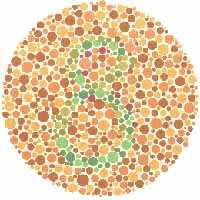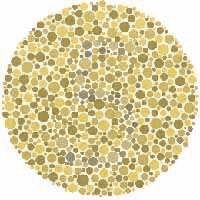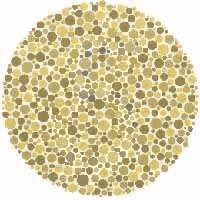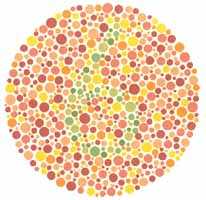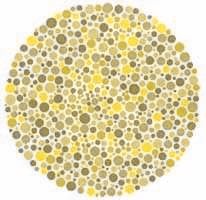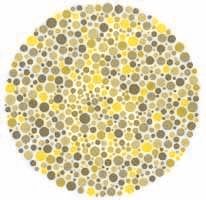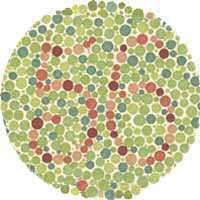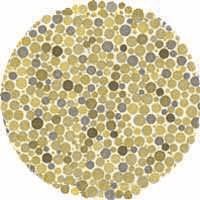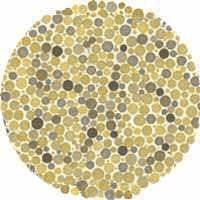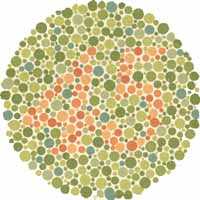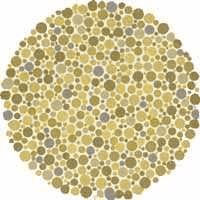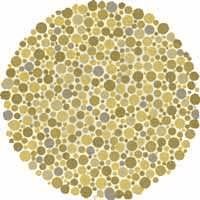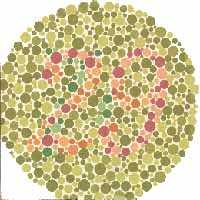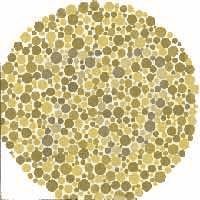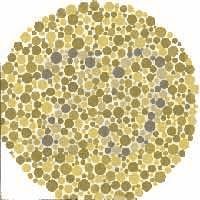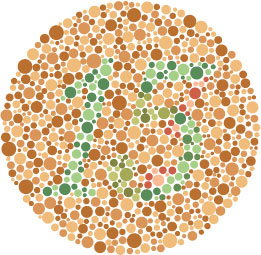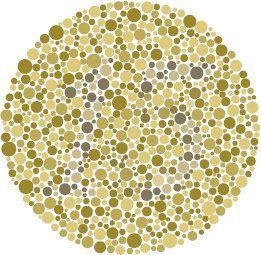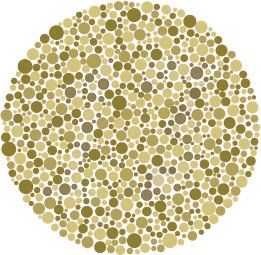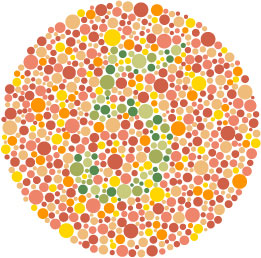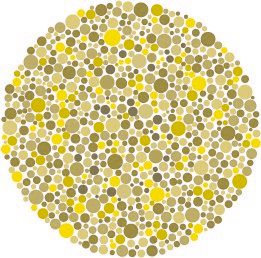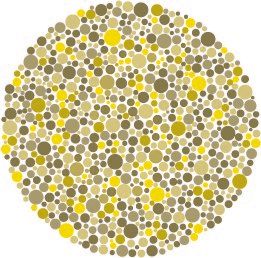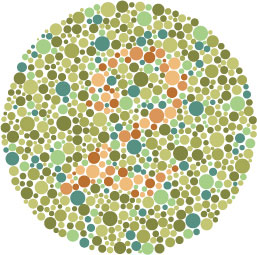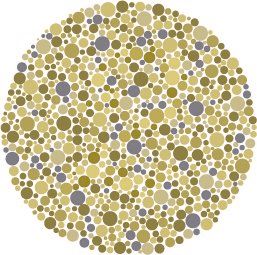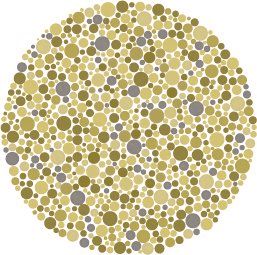
Here's what these pictures look like to me. The 2 pictures in the top row look nearly identical to me. This makes sense since the image on the right is the image on the left transformed to make it look like what I would see. The 2 pictures in the bottom row also look nearly identical to me. The 2 pictures in the right column looks somewhat different, but not by much. The two 2 pictures in the left column look the most different, however when looking at the actual cards themselves, I couldn't tell the difference. This goes to proves that lighting conditions and even the surface reflectiveness of the object I'm looking at has a great deal to do with how I see colors. When I first looked the the cards and the scans, I had trouble distinguishing which was red and which was green. Even knowing the colors now, I am hard pressed to identify them as what I know them to be.

